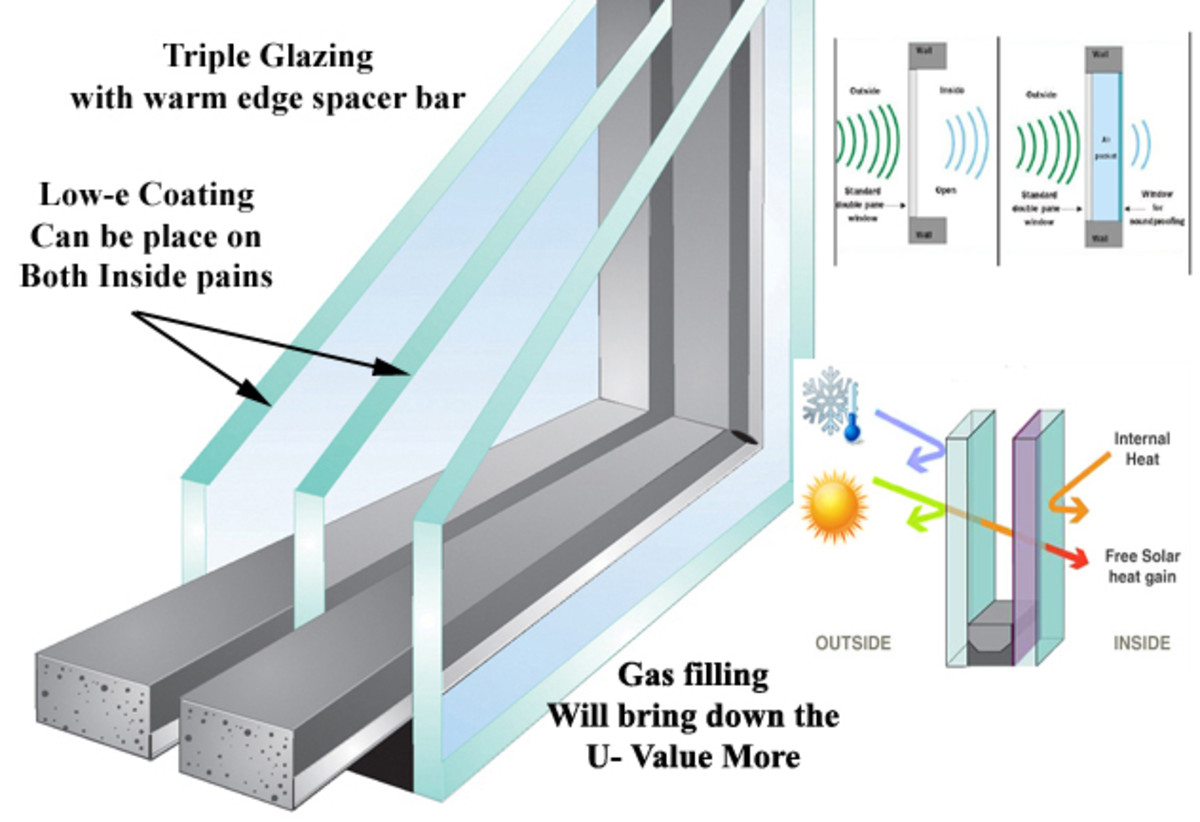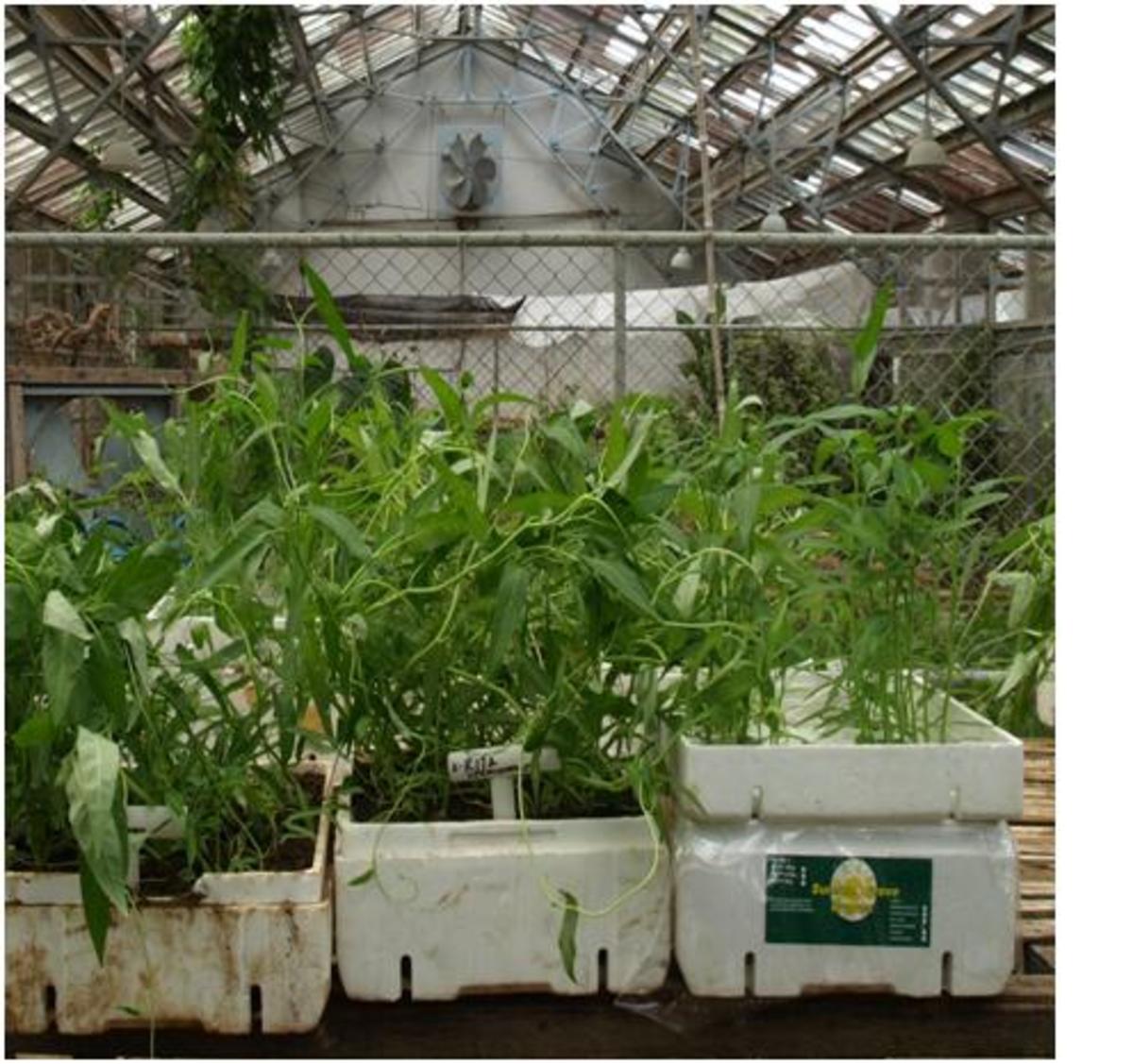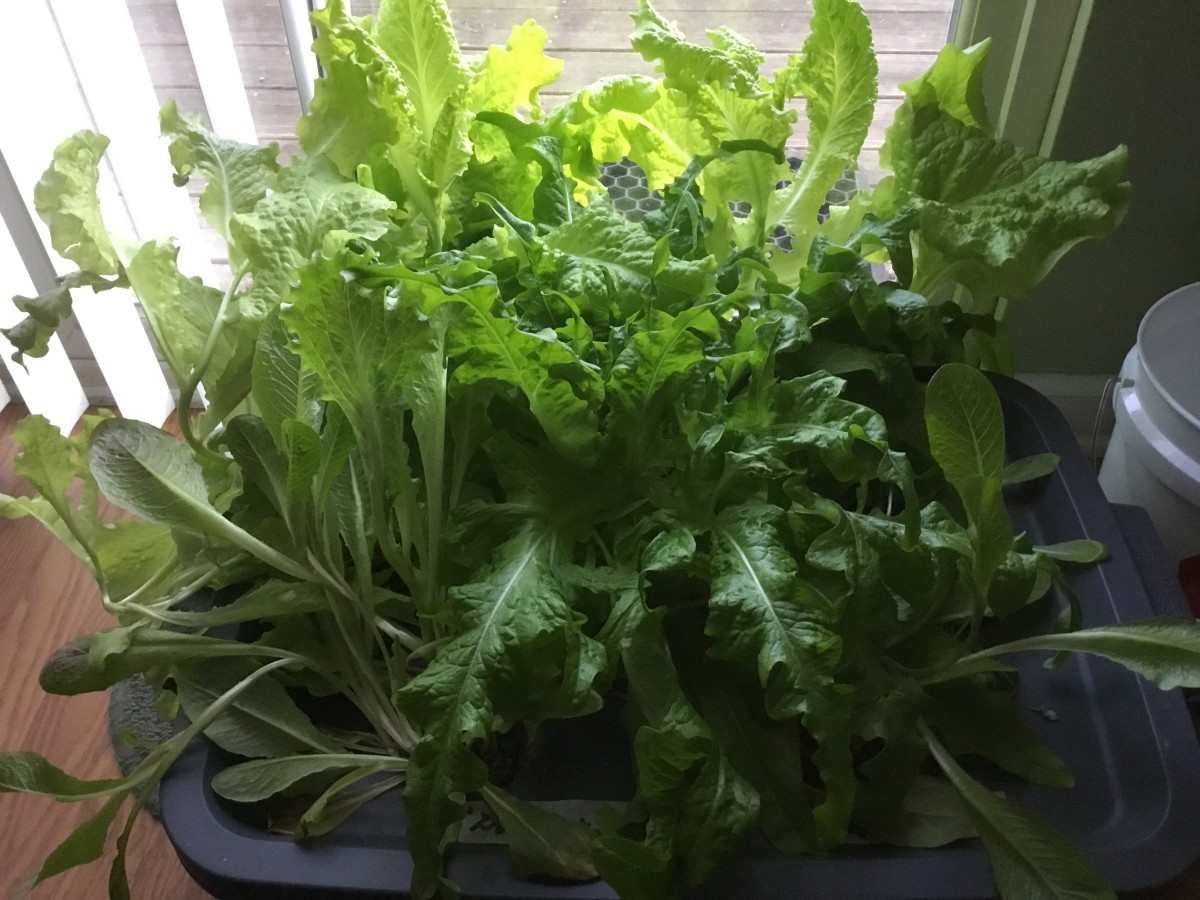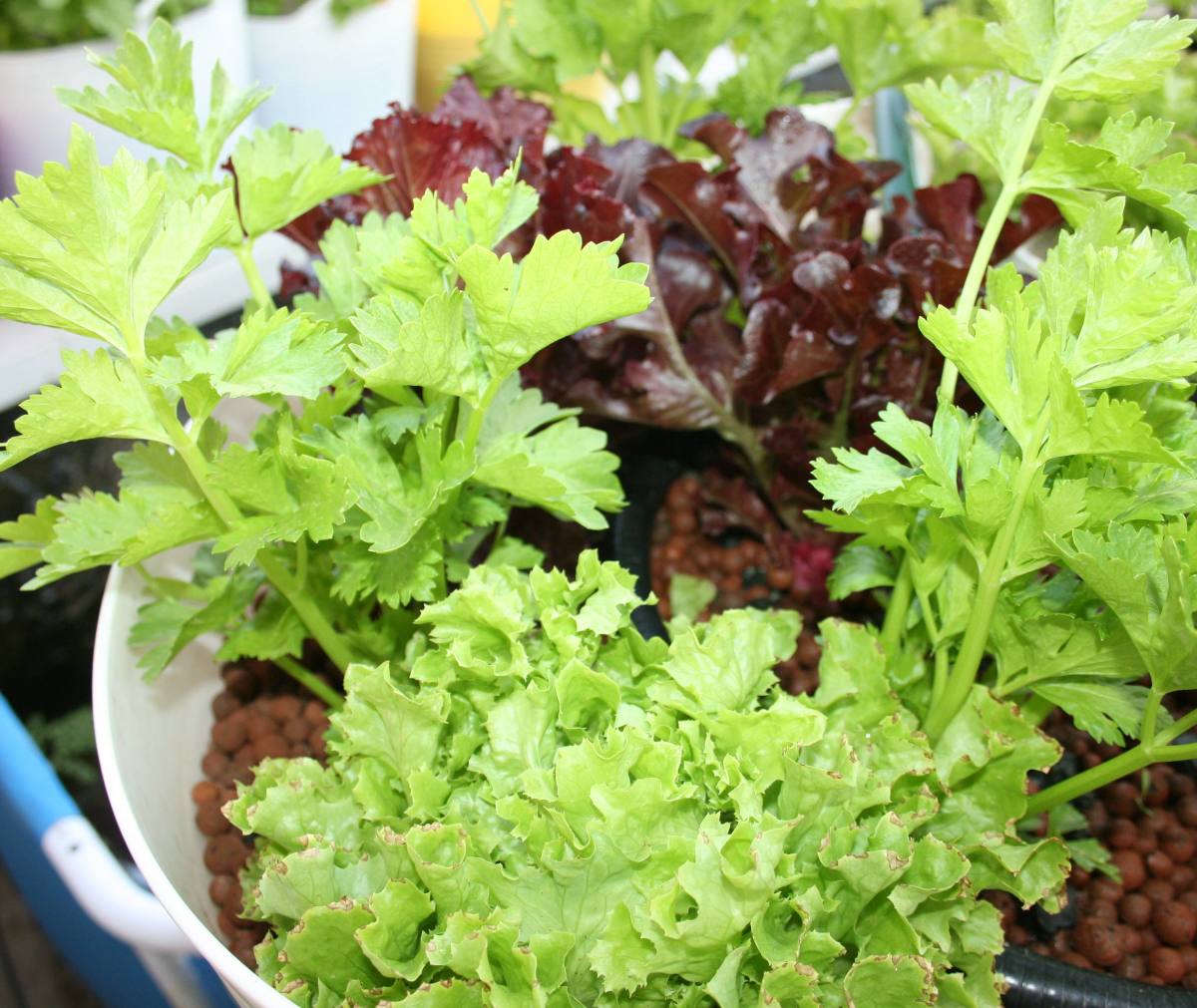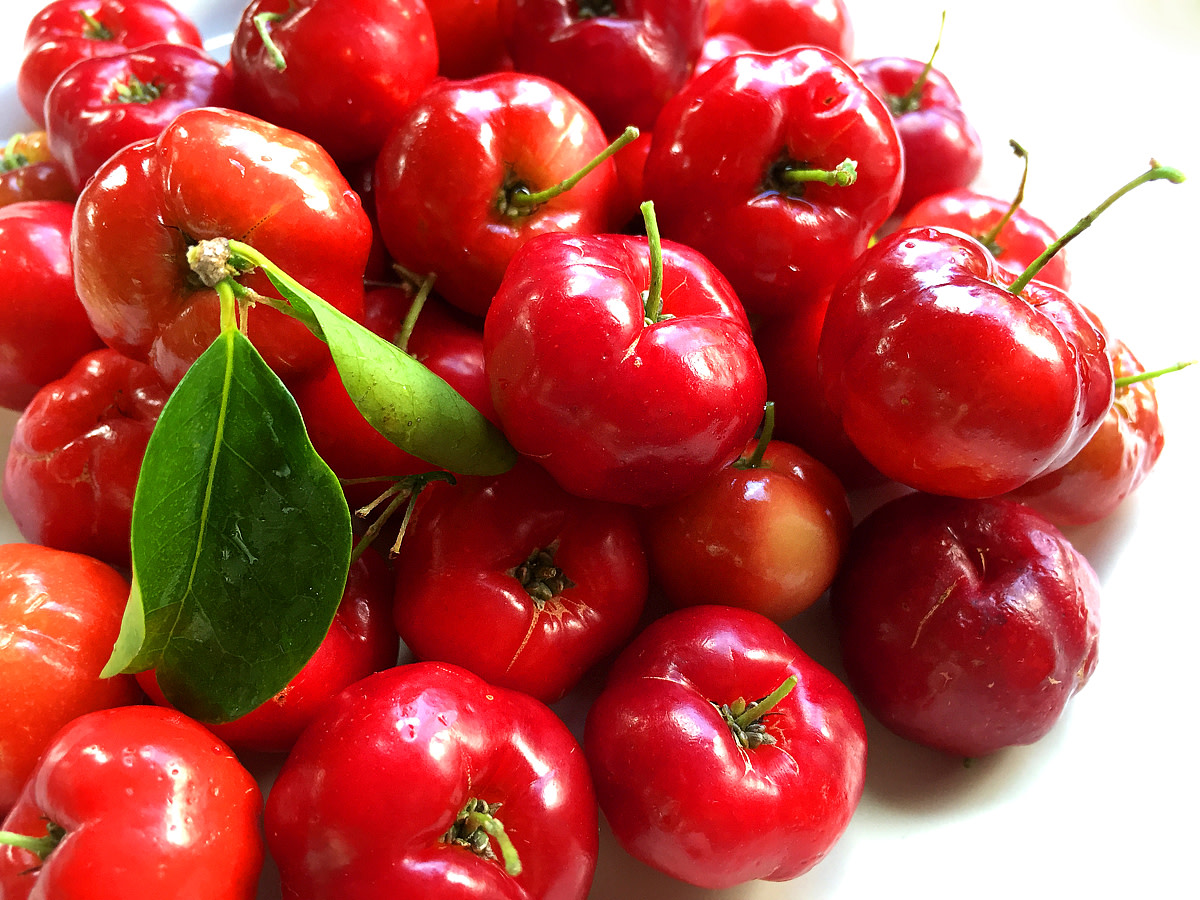Easy Way How To Make A Hydroponic Grow System With PVC Pipe
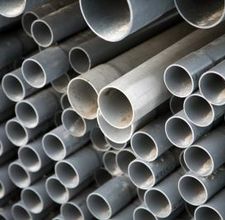
These are plans to make a fairly portable, and very inexpensive advanced hydroponic system. These plans only explain how to make the garden itself, and do not explain how to use or maintain it. If you plan on using this garden, you should get yourself a good book on hydroponics, and look it over.
I am intentionally leaving out those parts about plant nutrition, light
cycles, etc. so as not to appear to be writing a guidebook for growing
marijuana. It is also to make you seek out another source of
information so your knowledge of hydroponics comes from more than just
this article. I do not grow marijuana, and never have. I'm just a
high-tech indoor grower with information to share. If you are caught growing
marijuana while using the system described herein, don't even think of
running to me, I didn't tell you to grow marijuana. In fact, I'd
suggest planting a crop of cherry tomatoes, which can be fooled into
producing fruit indoors year round, and is a very easy plant to start
hydroponics with.
Materials needed:
Materials needed:
- 1 5-10 gallon bucket
- 2 Pieces of PVC or ABS pipe, 8-10" long, 5" or greater diameter.
- 4 Caps for PVC/APS pipe ends.
- 1 waterpump capable of about 50 Gallons per Hour (you will need a bigger pump if you choose to make this a larger system)
- 4' of hose that will fit the waterpump (often 3/8")
- 1 TEE joint (or Y-splitter) that fits the water hose
- 4 clamps for the water hose (one for pump to hose, and 3 for hoses to TEE fitting.)
- 1 Airpump, airstone, and some airline from a fish tank.
- 1 Can White epoxy based spray paint
- 1 Can Black Epoxy based spray paint
Procedure:
1. Everything must be made light tight. Paint all hoses, the bucket, the PVC/ABS and the lid of the bucket with a layer of black paint. Let it dry overnight, and then cover it with a layer of white paint to make it reflective, and reduce the temperature of the nutrient solution.
2. Take each of PVC pieces and drill a 1 inch hole on the side, about one inch from the end. Then epoxy the caps onto the ends of the PVC.
3. Drill the inlet/outlet holes; these should be located on the caps of the PVC. The inlet hole should be as low as possible or as close to the wall of the PVC, and the outlet-hole should be as high as possible.
4. Now cut two 5" holes in the sides of the bucket (close to the top), and epoxy the PVC in place, so about 2" of pipe (and the outlet hole) are inside the bucket, and the 1" hole is facing straight up.
5. Oxygen into the nutrient solution, and not to dissolve CO2. CO2 can kill root systems. If you are growing outside, or not enriching CO2, then the pump can sit anywhere.
6. Place the water pump in the bottom of the bucket (assuming it is a
submersible one) and attach a hose to it long enough to reach the top of
the bucket. Cut a hole in the lid of the bucket for this hose to go
through. Then attach the TEE fitting to the hose. Now attach hoses to
the free ends of the TEE, and run them to the inlet holes on the end of
the PVC pipes. Use clamps on the TEE fitting and on the pump itself, but
use epoxy to attach the hoses to the PVC. This seal must be completely
watertight. Let them dry for 24 hours.
7. Put some water in the bucket and turn on the pump. What should happen
is the PVC pieces will fill with water, and then when they are full,
they should begin to continuously drain out the outlet holes, and back
into the bucket. If you are getting leaks anywhere, fix them
immediately. If water is coming out of the 1" hole on the top of the
pipe, then either your pump is too strong, or your outlet hole is too
small. Fix one or the other.
8. Empty the system (hint, remove the hose from the pump to drain the
arms), and replace the water with some form of hydroponic nutrient
solution (look in a hydroponics book for details on what exactly to use,
or visit a gardening store, and ask)
9. Place your plants into the system. The best way I have found to do
this is to take a 1 1/8" garden hose and cut a 1" tube off of one end.
Then slit the tube down one side. Wrap the stem of your plant (just
above the roots) with polyester fluff (available at aquarium stores, for
stuffing into external water filters) and then wrap the garden hose
around the fluff. Then force the hose into the hole at the top of the
PVC arm. People also have used rubber stoppers.
10. Turn on the air/water pumps, and let your garden grow.
This is obviously just a small setup, but these plans can easily be
modified for much larger systems, using longer pieces of PVC, or more
than one pair of arms, and a larger bucket to hold the nutrients (I've
seen one made with a 55 gallon drum, and 8 separate arms, each holding 4
plants)
What you do with this is your own your own business, and obviously I can't be held responsible if you choose to grow anything illegal.


